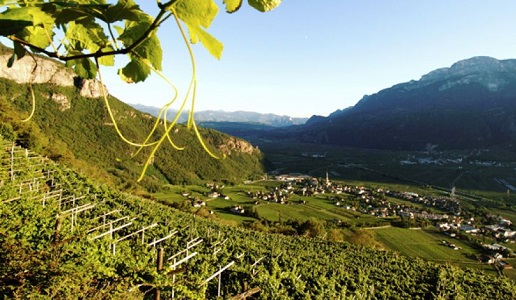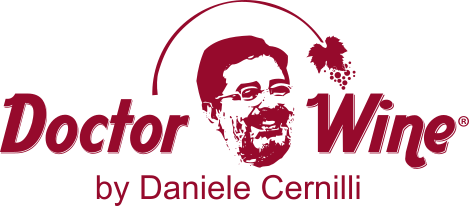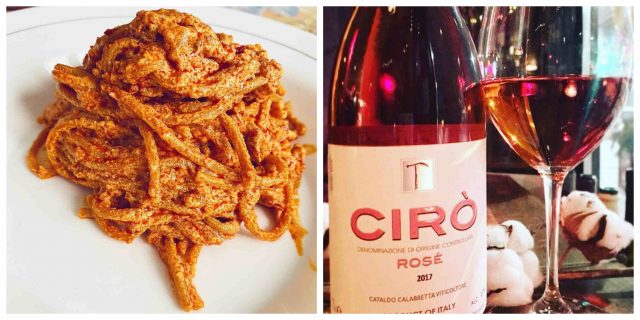Alto Adige/Südtirol

This winemaking region is among the most interesting and expanding not only in Italy but also on a global level thanks to its solid, well-made, often eco-sustainable and decidedly fascinating wines.
Culturally intertwining, integrated and multi-ethical regions are for some reason those tend to interest and intrigue me in a particular way. This is especially the case when it comes to wine and I have for the past 30 years kept a close eye on those from Alto Adige/Südtirol. I always cite both the region’s name to underscore the region’s dual culture, triple if you consider the original Ladin one. While the region is Italian, there is a German-speaking majority there and there also exists a small Ladin minority. Thus it could be said that this region is a cultural crossroads, a meeting point, the extreme north of the Ladin culture and the extreme south of the Germanic one, and this is evident if you look at many of the names of the cities, towns and important locations.
There are some truly fascinating places for both their history and traditions and, for some decades now, their wines. Schiava/Vernatsch and Pinot Bianco/Weissburgunder were originally “populist” wines but have in recent times acquired unexpected value and a surprising level of quality. There are also some authentic gems on a subzone level. These include Gewürztraminer from Termeno/Tramin and Caldaro/Kaltern, the Sauvignon from Appiano/Eppan and Terlano/Terlan, the Riesling from Valle Venosta/Vinschgau and the Sylvaner and Grüner Veltliner from the Valle Isarco/Eisacktal. Among the reds, there are those that are almost typical to the Oltreadige zone, Merlot and Cabernet Sauvignon, as well as Lagrein of Gries, the Pinot Nero/Blauburgunder of Mazon and the Sancta Magdalener of Santa Maddalena. These are just a handful of the many wines that are evidence of the eclectic nature and the almost infinite expressive possibilities that the Alto Adige/Südtirol region has to offer.
Added to this is the exceptional, perhaps unique, virtuous reality of the cooperatives, perhaps the best in the world, which brings together small and medium-size producers who are often very sensitive to environmental issues and co-exist with some large private wineries of great value. All this helps to explain how and why this small region at the heart of Europe has literally exploded from a winemaking point of view.
The technical training of enologists and Kellermeisters here is also extraordinary. Many studied at the Laimburg Institute for viticulture and fruit growing and then went on to specialize in Germany at the Geisenheim Wine Institute or in Austria at the Klosteneuburg Institute, while others attended Italy’s San Michele all’Adige Institute in Trentino. This has allowed them to positively unite factors that are exquisitely technical with a great focus on sustainability and with an awareness of worlds that goes beyond local realities. It is thus a melting pot for many aspects that have contributed to make this winemaking region today one of the most interesting and expanding not only in Italy but on a global level thanks to its solid, well-made, often eco-sustainable and decidedly fascinating wines. There are many examples of these wines and I would prefer not to name them nor those who made them because in this region it is the sector that counts not the individual players and this is a fine example for all of Italy.

 Italiano
Italiano







